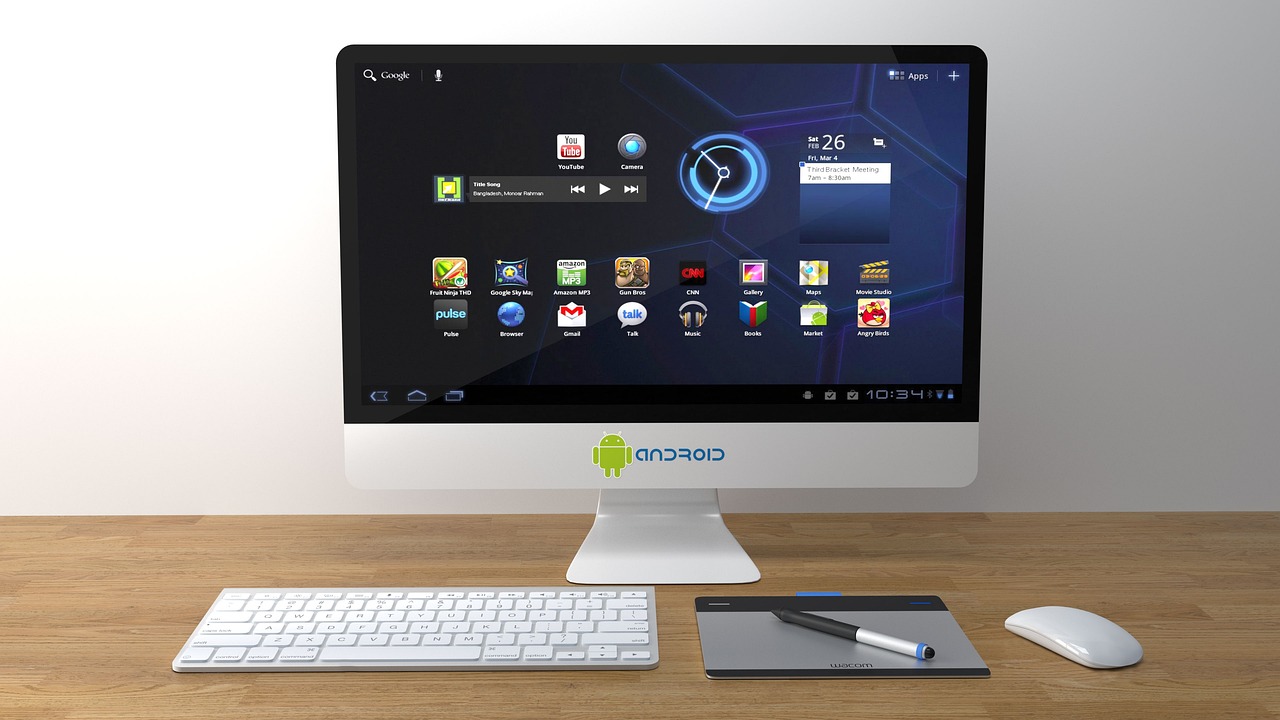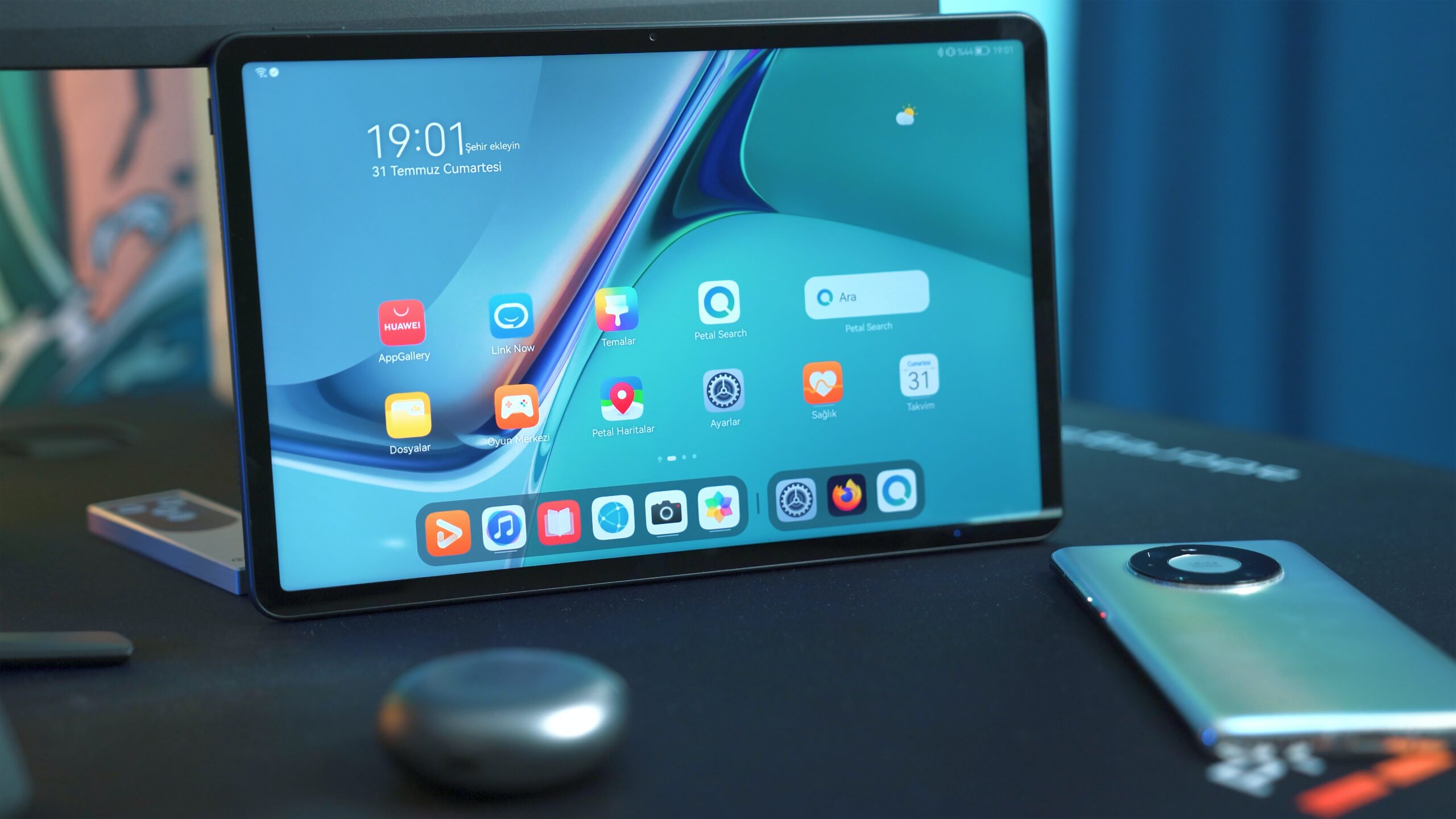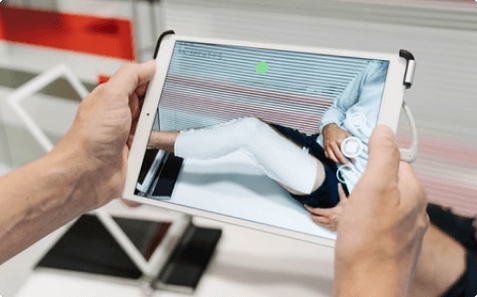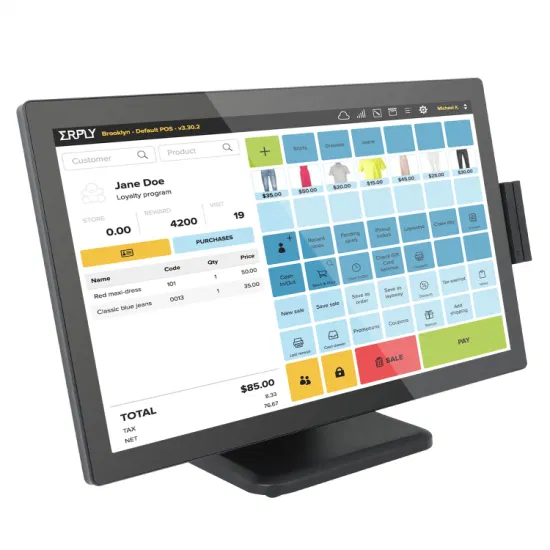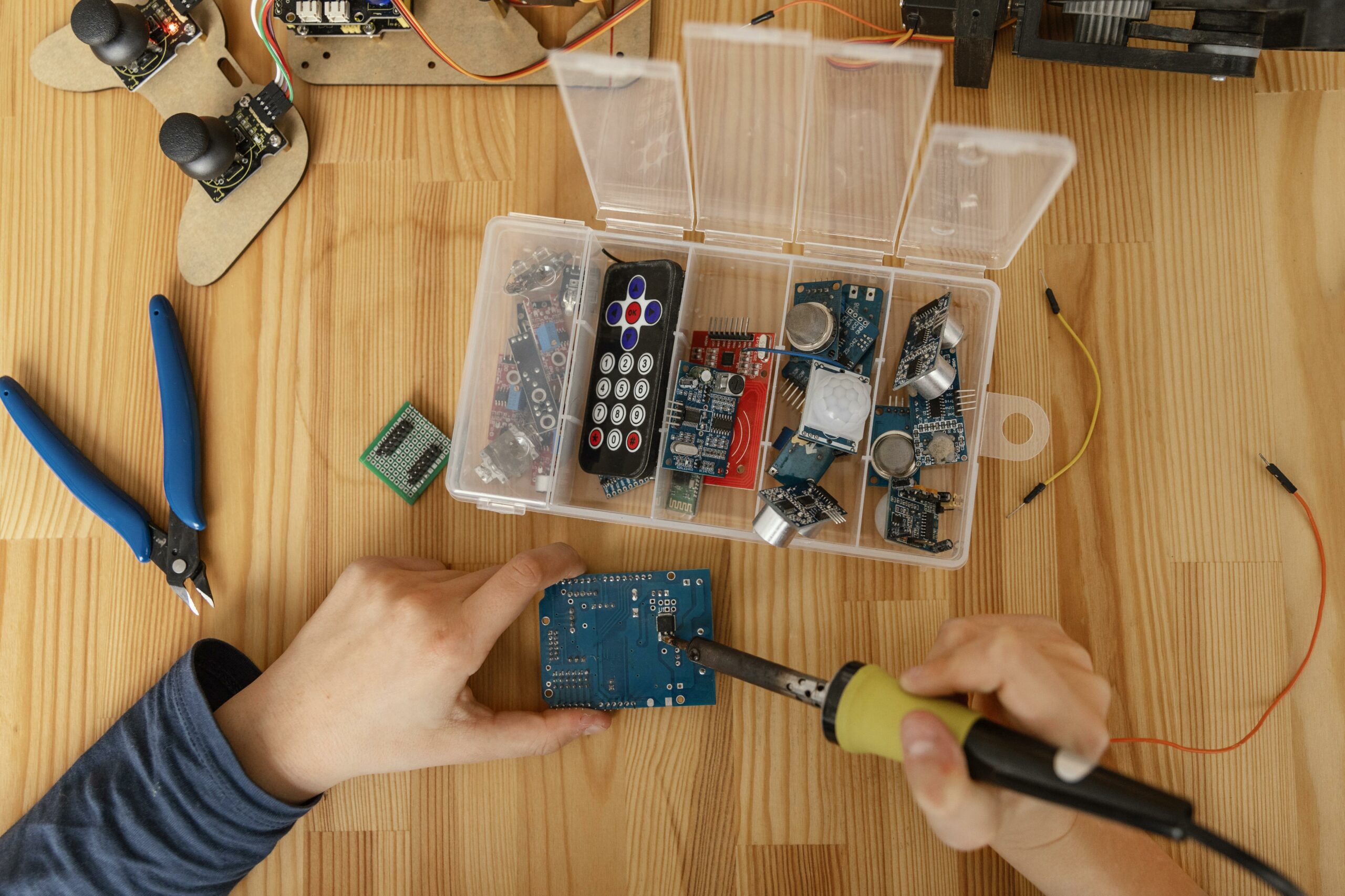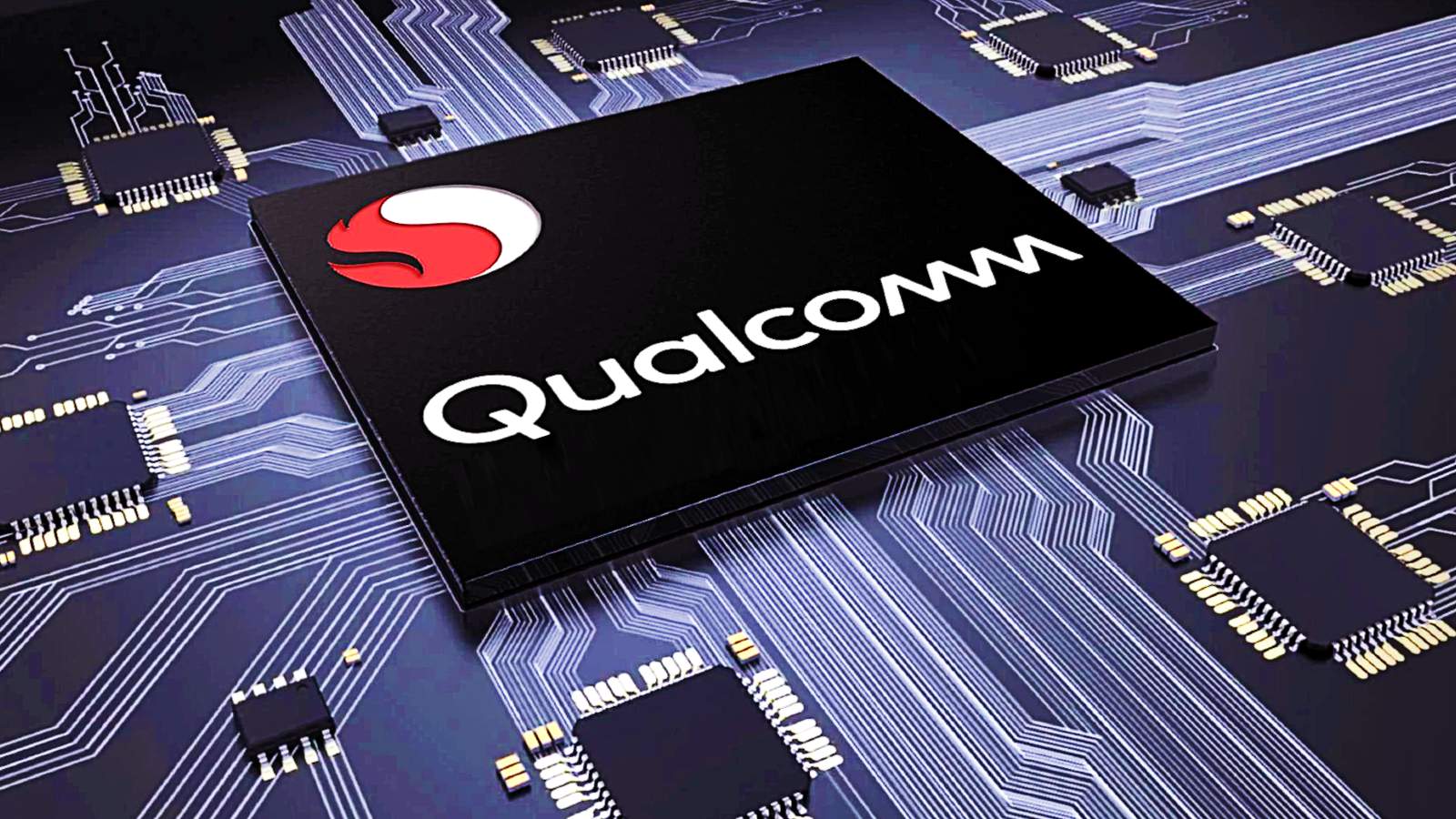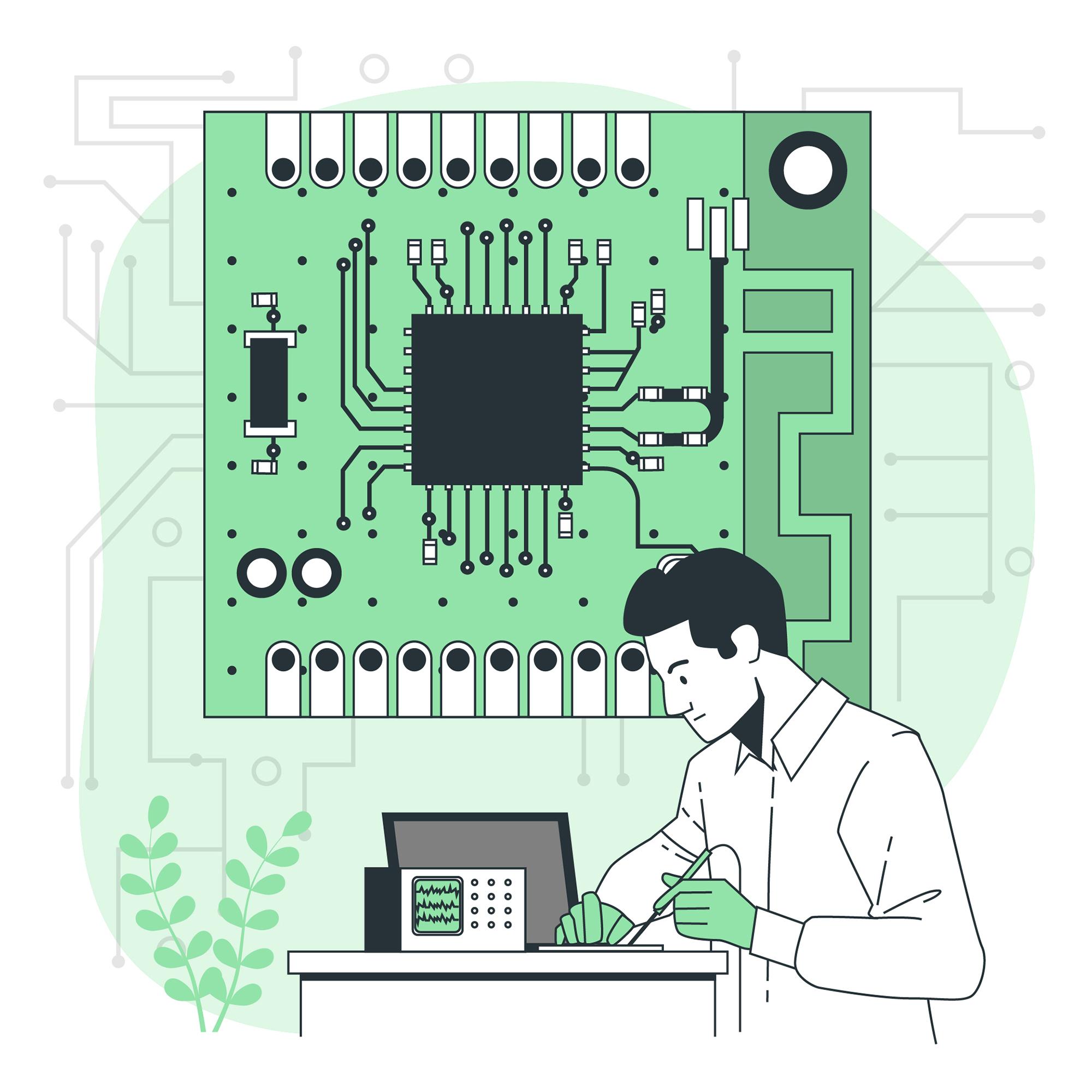Creating a custom Android product requires going through a series of smaller processes that, in succession, become the whole product development process. First, we figure out if the client knows what they want and then ask ‘why’. Second, we research the client’s use case. This step is ongoing, both for Hatch and our customer, this way the product continuously gets better. Hatch then validates the client’s initial product details, based on a better understanding of the use case. This is an interactive process that takes place over email or phone calls, with written call recaps.
Once the detailed product architecture has been confirmed, based on an in depth understanding of the use case, Hatch proceeds with product engineering. This mainly includes designing the PCBA, mechanical design (internals of the case), and firmware.
Keeping this theoretical process in mind, below highlights a real communication example from a current project. Witnessing an actual conversation will clarify the concept. Plus you can envision how it would work with your project. To understand exactly what this process entails, let’s look at a recent email exchange with an actual customer.
This customer has been working with Hatch since 2018. They originally asked for our help to get through a complicated and challenging situation with another supplier. Once that was resolved, they asked Hatch to redevelop their product with quality improvements. Over the years they’ve grown their business and we’ve maintained a positive working relationship. Now they’re ready to get started on their second generation product.
Many companies consider using custom Android hardware to get a steady long-term supply of their optimized hardware, rather than using a generic retail device that gets updated every 6-12 months. Sticking with the same hardware doesn’t last forever though. After 5-6 years, enough time and updates have gone by to justify an update. The development process is similar to the first time, but the customer’s understanding of user experience is even better.
The customer pointed out a few things that they’d like to change in the next generation product. One of the changes they want to make involves the SD card slot. That component is exposed to enough water and dust that it must be cleaned after a few years to continue working smoothly. The ideas that Hatch presented were dismissed by the client based on their acute knowledge of the product’s operational environment and users. This conversation shows how the client presents product needs, Hatch comes back with ideas, and decisions are made.
After receiving new spec requirement from the client, Hatch responded with the following questions:
Reviewed the specs. Here are some questions.
1. Does the new version use the same case design? If not, do you have a new case design in mind? We may be able to make the current mold thicker, like you requested, which is a lower cost option than having to make a new one.
2. It looks like there will be 2 sets of specs (Model A and B). I’m thinking we use the same PCBA, but Model A doesn’t include the WiFi chip and uses 32GB memory, while Model B has WiFi and 64GB of flash. Any other differences?
3. You mention using a heavy duty USB port. What do you think makes the USB ports ‘heavy duty’? What experiences inspire this comment?
Here’s the client’s response as well as Hatch’s reply to the client:
1. Same design, yes. Thicker and stronger definitely! I would really like to strengthen the trim bezel around the screen.
(Hatch) In this case I’d like to see if we can modify the tooling of your current case rather than making a new mold as this will save you thousands of dollars. Modifications based on the changes you’ve outlined: thicker plastic, USB-C, and something to accommodate the suggestion I’ll make below regarding SD card ports.
2. You hit it spot on. We also need to change the chipset to a more modern one that can handle a newer Android OS.
3. I would like a real USB-C. We have had customers use the wrong chargers and cook the mainboards and, in real bad situations, cook the batteries. I feel with USB-C and a supporting chipset, we can utilize fast chargers and higher current. Also, USB-C would be a little more modern.
(Hatch) I know the current CPU only supports USB 2.0. We’ll make ‘USB 3.0 chipset’ and USB-C port par of the new requirements.
Since last fall we have seen an outbreak of SD Ports not working. A solution seems to be cleaning the ports in the service department. After spending months trying to figure out the problem, I learned the contacts are slowly becoming corroded, in particular the upper SD Port. These SD ports are probably the most used SD ports in the world, next to professional photographers. Every day customers are using these and they may be inserting sd cards 10 times a day 4 days a week; which means heavy heavy use. Is there any way to get a heavy duty sd port? Gold contacts? Better builds?
(Hatch) We’ll explore more durable SD card port options. I’m impressed that you’re not seeing the SD card component breaking off the board based on the heavy usage and rugged clientele. We’ll note to continue with the same mechanical design in the new versions.
Having that SD card port constantly open in outdoor environments and in different weather conditions exposes the slot to dust and moisture. With that in mind, what do you think about these ideas:
1. Adding a silicon (soft rubber) plug to the SD card port opening. It can be attached to the case so it won’t get lost (unless someone breaks it off). We can attach it in a way that makes it more difficult to remove unintentionally, if you think that’s useful. A bike light of mine uses this concept to cover the USB charging port and I accidentally pulled it off. Now, I can’t get it to reconnect. I can send a photo if you want.
2. A flap, like the one that covers a letterbox, that is closed by default using a spring mechanism, but is flexible to get pushed back when someone inserts the SD card. That way the hole stays protected and the user doesn’t deal with a plug. We just need to make sure this is designed to withstand abuse.
The above 2 ideas are ways to achieve the same end result. If you’re interested in either we can check the mechanical viability of making modifications to the original mold.
And, finally, we established a clear direction with this response from the client:
I like your thought on the port covers for the new models but I will have to say no, it would be more troublesome and they would certainly break off. (just like on your bike)
The ports are getting the moisture from the cards themselves. Being transferred from every card. Like I said it took me months to get this completely figured out. Hundreds of times the cards are being transferred in and out of the device, bringing in moisture. (I traced this by having customers send me their sd cards that seemed problematic).
Also keep in mind, at a minimum, 95% of the time these sd ports are occupied with cards.
You made a very good point about the ports not being torn off the board. I can tell you we have not had one single problem with that from any of the lots; Not once! Good job on your team’s part!
This exchange highlights the initial part of the product development process. It starts with understanding the use case and environment. We use creativity, experience, and communication to define the ideal approach. Now it’s time to get to work!
